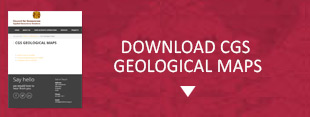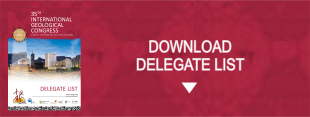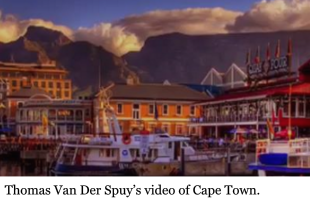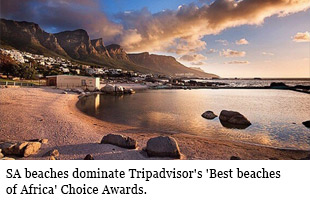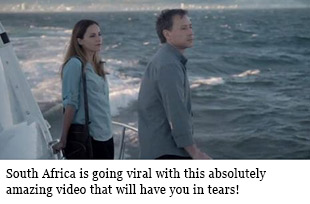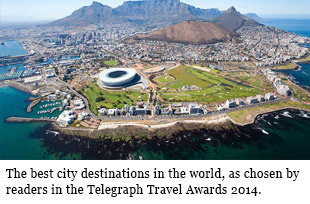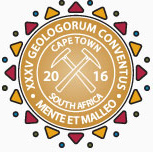
35TH INTERNATIONAL GEOLOGICAL CONGRESS
27 AUGUST - 4 SEPTEMBER 2016 | CAPE TOWN, SOUTH AFRICA
Sponsors
Keystone Sponsor
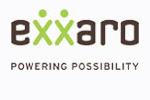

Diamond Sponsor


Gold Sponsor


Silver Sponsor
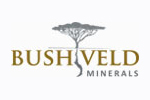

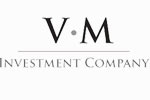
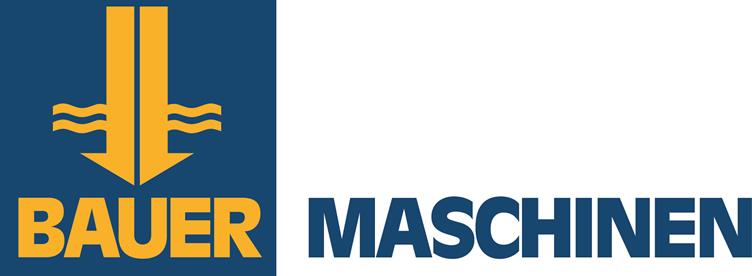




Business Centre Sponsor


Publication Sponsor




Social Function


Plenary Speaker Sponsor


Speaker Gift Sponsor


Post Graduate Fund


Registration


Welcome Drinks
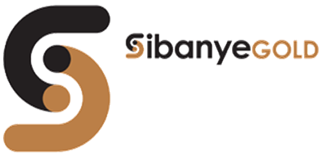

Lunch Time Drinks
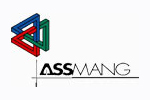

Publication &
35 IGC SAGPGF
35 IGC SAGPGF

35 IGC SAGPGF




MY IGC APP


Symposium Sponsor
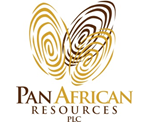
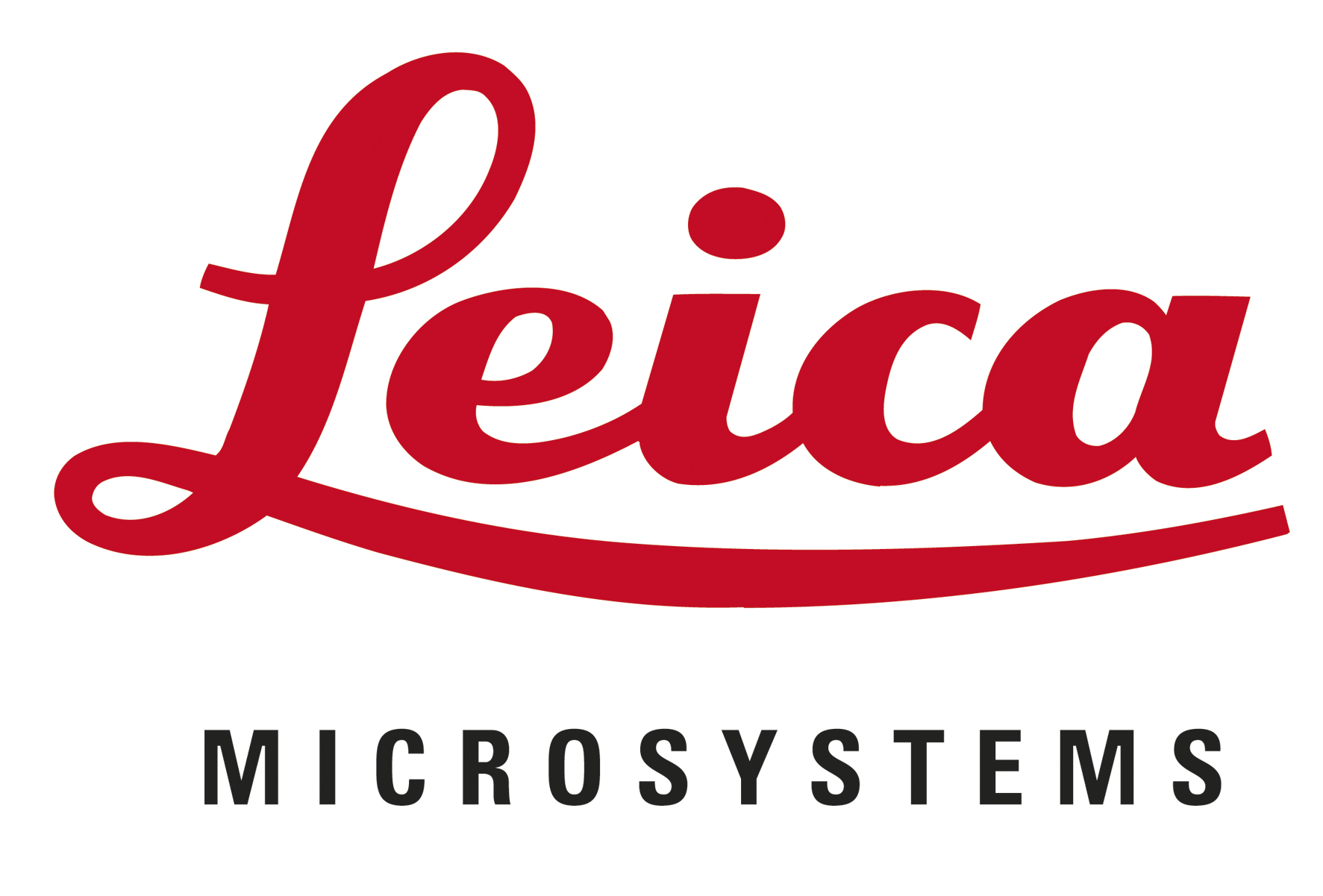


Audit Sponsor
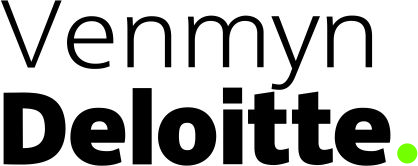

35TH INTERNATIONAL GEOLOGICAL CONGRESS
27 AUGUST - 4 SEPTEMBER 2016 | CAPE TOWN, SOUTH AFRICA
My IGC
Symposium Details
| Title | Description | Convenors |
|---|---|---|
| Uncovering the great unknown – mapping the Earth’s ocean floor | Globally it is estimated that bathymetric maps are available for 5% of the world’s oceans, even less of which have been mapped geologically or to identify benthic habitats. Recent reports place a value of US$24 trillion on the raw economic value of the global oceans, two thirds of which rely on healthy ocean conditions. Maritime planning, use of resources and forecasting all need good seabed maps, which is recognised by the number of national seabed mapping programmes (NSMP) undertaken worldwide, and international initiatives such as the Atlantic Ocean Research Alliance supported by the European Commission and the US and Canadian Governments. The technological impetus for NSMPs was the widespread adoption of high-resolution multibeam sonar systems, which are often accompanied by systematic geological and geophysical surveys providing an unprecedented wealth of geospatial information. The economic and scientific drivers for seabed mapping are the need for detailed knowledge of seabed/subseabed characteristics that identify marine resources, and habitat mapping which provides information for food security, protection of the most vulnerable seabed communities, and ecosystems that are necessary to maintain healthy and biologically diverse oceans. This session will provide a forum for representatives of national mapping programmes and other international ocean mapping initiatives to share their expertise in the science and technology of seabed mapping, present overviews of their programmes and to discuss the future challenges of seabed mapping. Speakers are invited to address topics such as strategies for NSMPs; alignment with regional government priorities; interaction with stakeholders; and integration of interdisciplinary science. | Alan Stevenson, Koen Verbruggen, Aarno Kotilainen and Vladimir Kostylev |
 Field trips
Field trips  Sponsorship & expo
Sponsorship & expo  Registration
Registration Tours
Tours  Promotion
Promotion 

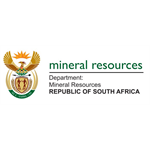








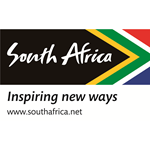



 Conference Programme
Conference Programme  Field trips
Field trips  Sponsorship & expo
Sponsorship & expo  Volunteer
Volunteer  GeoHost
GeoHost  Registration
Registration Tours
Tours  Promotion
Promotion  Publications
Publications


